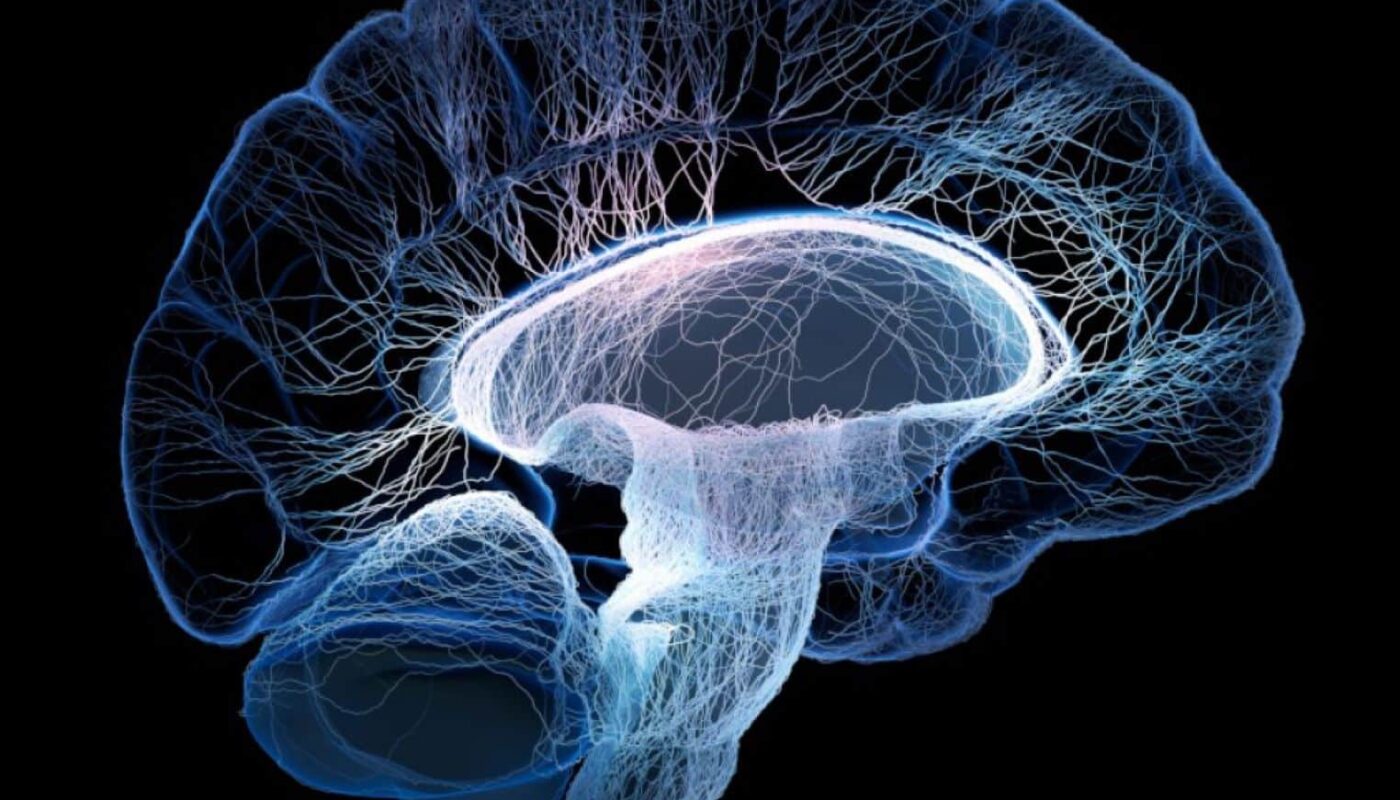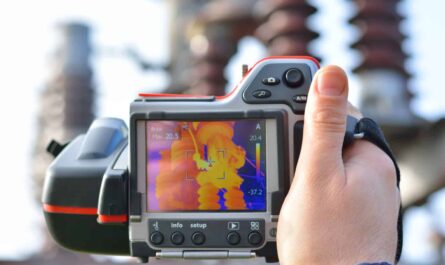The Global Neuroprosthetics market encompasses implants and devices designed to replace failed neural functions by electrically stimulating nerves and muscles. Neuroprostheses include cochlear implants to restore hearing, deep brain stimulators to manage Parkinson’s disease, and retinal implants to treat blindness. They facilitate functional restoration by bypassing or replacing damaged neural pathways. The prostheses are implanted through minimally invasive surgery and controlled through external processors and transmitters. Neuroprosthetics have transformed the lives of millions suffering from neural disorders and injuries by restoring lost functions and abilities.
The Global Neuroprosthetics Market is estimated to be valued at US$ 12.66 BN in 2024 and is expected to exhibit a CAGR of 10% over the forecast period 2024 to 2030.
Key Takeaways
Key players operating in the Global Neuroprosthetics market are Second Sight, Med-El, Retina Implant, Sonova Holding AG. , NeuroPace, Inc., Nevro, Medtronic plc, Abbott, Cochlear, Boston Scientific Corporation, Livanova, Demant A/S, Cyberonics Inc. and NDI Medical LLC.
The key opportunities in the market include rising demand for minimally invasive surgeries, increasing demand for long-term neurological disorders monitoring and management, and growing neurological diseases prevalence.
Technological advancements like brain-computer interfaces, neural imaging and data analytics, high-channel-count neural interfaces, miniaturized implantable devices and wireless powered implants are further enhancing functionality and reducing risks of neuroprosthetics.
Market Drivers
The primary driver for Neuroprosthetics Market is the increasing global prevalence of neurological disorders such as Parkinson’s disease, epilepsy, depression, and hearing and visual impairments which require long-term management and treatment. Neuroprosthetics help restore lost senses and motor functions. Moreover, technological innovations enhancing neural interfacing capabilities and miniaturization are enabling wider applications and improving patient outcomes. Rising healthcare expenditures, growing geriatric population, and increasing acceptance of neuroprosthetic devices are also fueling the market growth.
Current Challenges in the Global Neuroprosthetics Market
The global neuroprosthetics market faces many challenges currently, such as high costs of implants and procedures, lack of trained professionals, regulatory compliances, and limited insurance coverage. Neuroprosthetics devices are expensive due to the complex technology involved. The cost of cochlear implants can range from $50,000 to $100,000 which most patients cannot afford without insurance. Finding trained neurologists, surgeons, and therapists who can properly handle these devices is also a challenge. Full regulatory approval process for new devices take years and significant investment which delays market entry. Many insurance plans still do not cover part or full costs of these treatments and devices. Overall affordability is a major barrier limiting wider adoption of these life-enhancing technologies.
SWOT Analysis
Strength: emerging technologies offer novel treatment options; growing ageing population increases patient base
Weakness: high costs of devices and procedures; limited clinical evidence for many applications
Opportunity: untapped potential in developing countries; expanding applications in pain management, speech, and mobility
Threats: stringent regulations delay market entry; ethical issues concerning human enhancement
Geographical Regions
The United States represents the largest regional market for neuroprosthetics currently, accounting for over 35% of global revenue. This is attributed to the concentration of major players, availability of private and public insurance, and higher healthcare spending. Europe is the second largest region with Germany, France and the UK being the major markets. The Asia Pacific region offers growth opportunities with fast expanding medical technologies sectors in China, Japan, South Korea and India. China in particular is witness to rapidly growing neurological disorder patient numbers and government support for innovations.
Fastest Growing Region
The Asia Pacific region is poised to be the fastest growing regional market for neuroprosthetics over the forecast period. This is driven by rapidly increasing incidence of neurological disorders, growing awareness, expanding medical infrastructure, and rising incomes in populous nations such as China and India. In addition, governments are supporting development of domestic neurotech industries to meet local needs as well as tap into the global export potential. The presence of low-cost manufacturing capabilities further enhances the appeal of APAC for neuroprosthetic companies looking to expand.
*Note:
1. Source: Coherent Market Insights, Public sources, Desk research
2. We have leveraged AI tools to mine information and compile it



